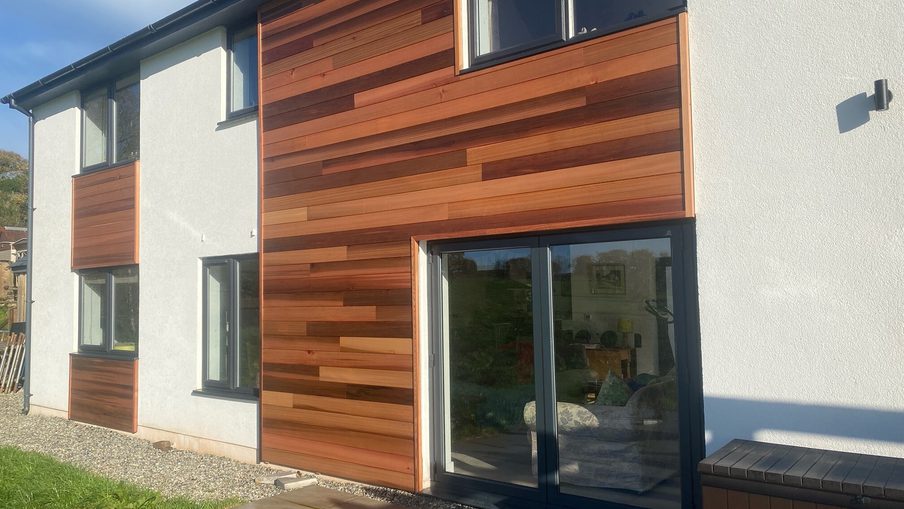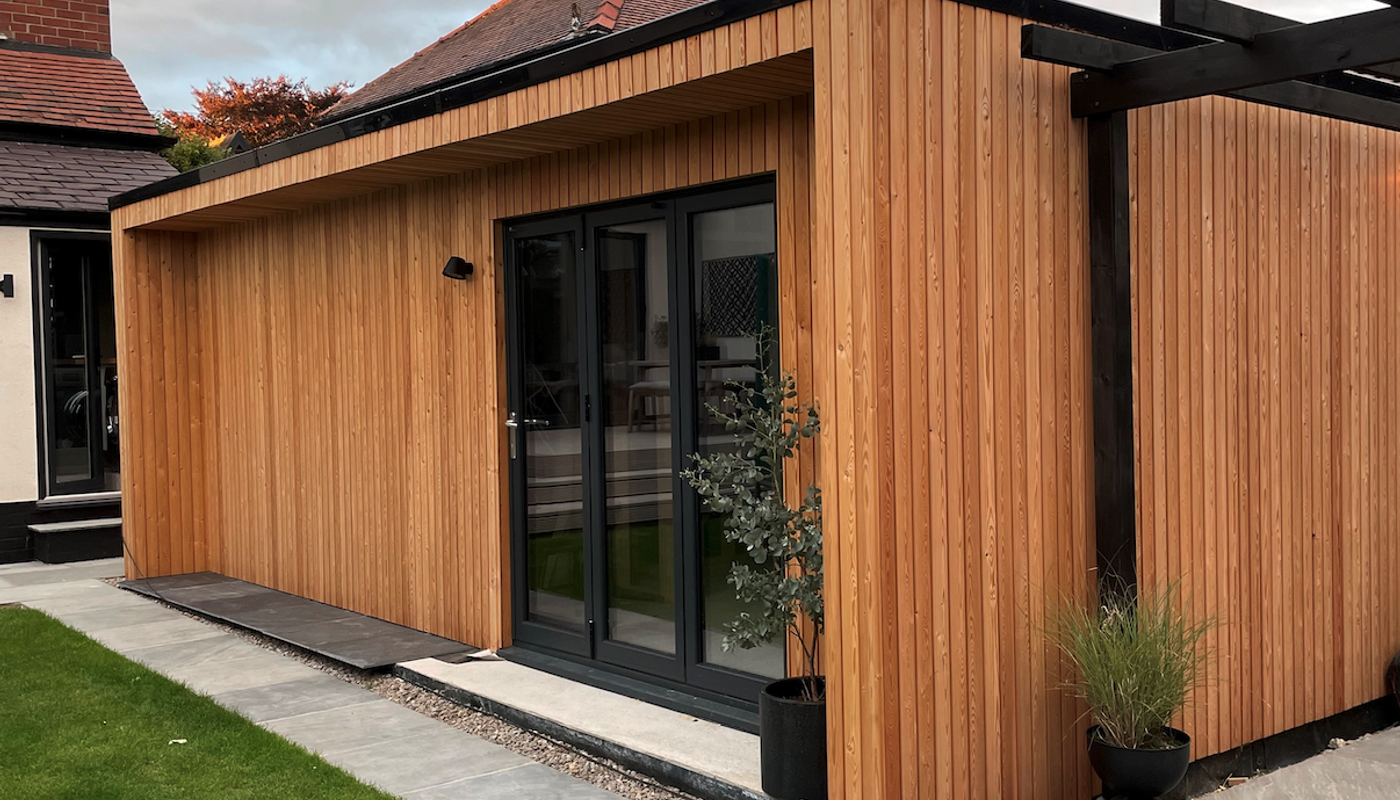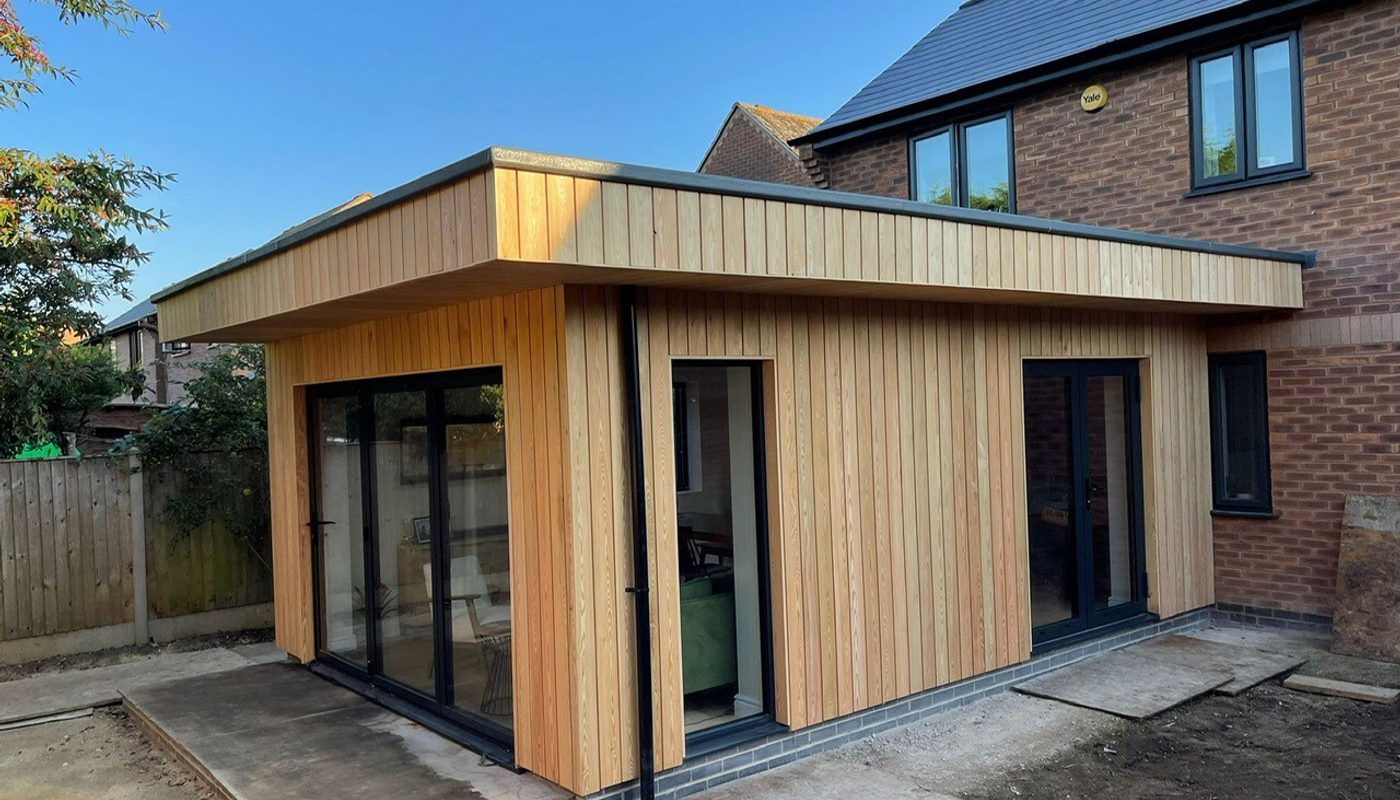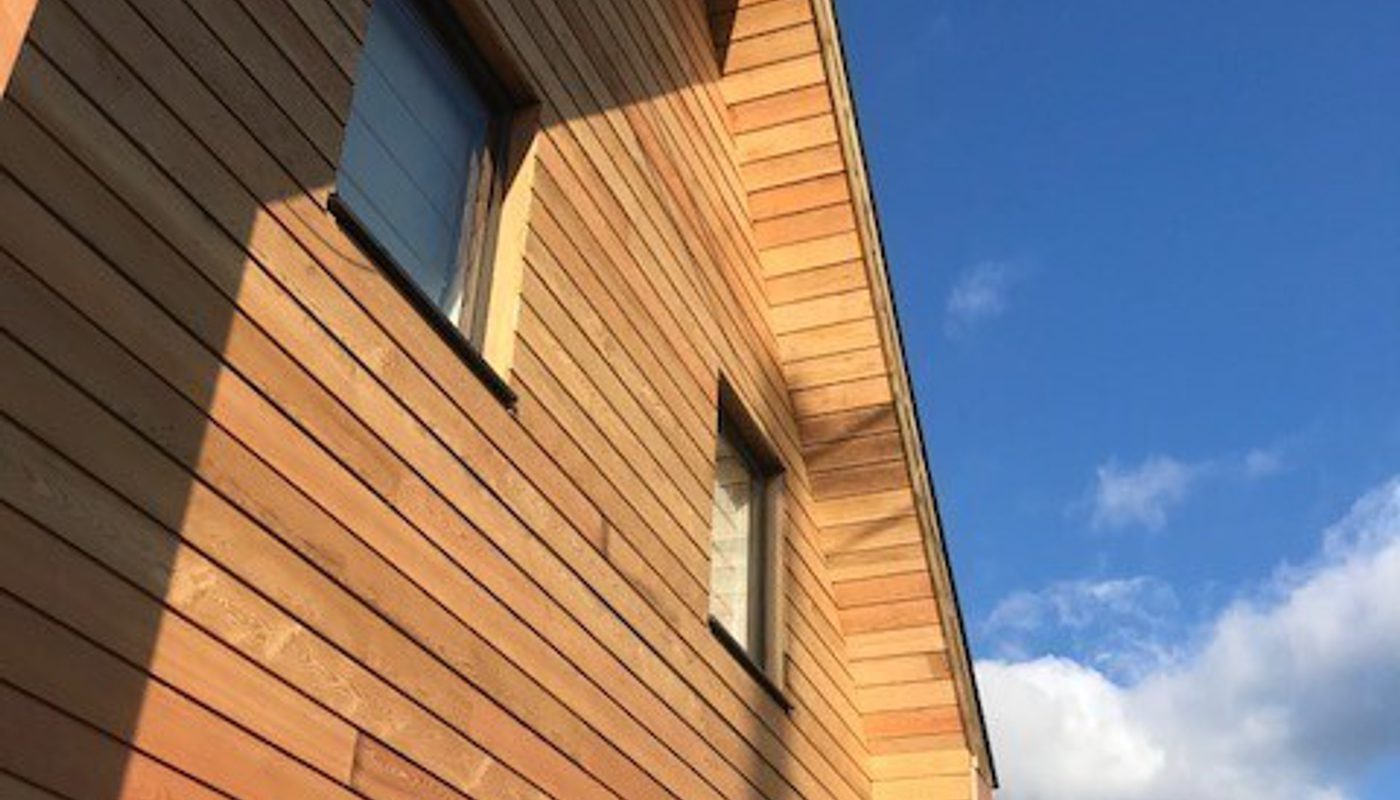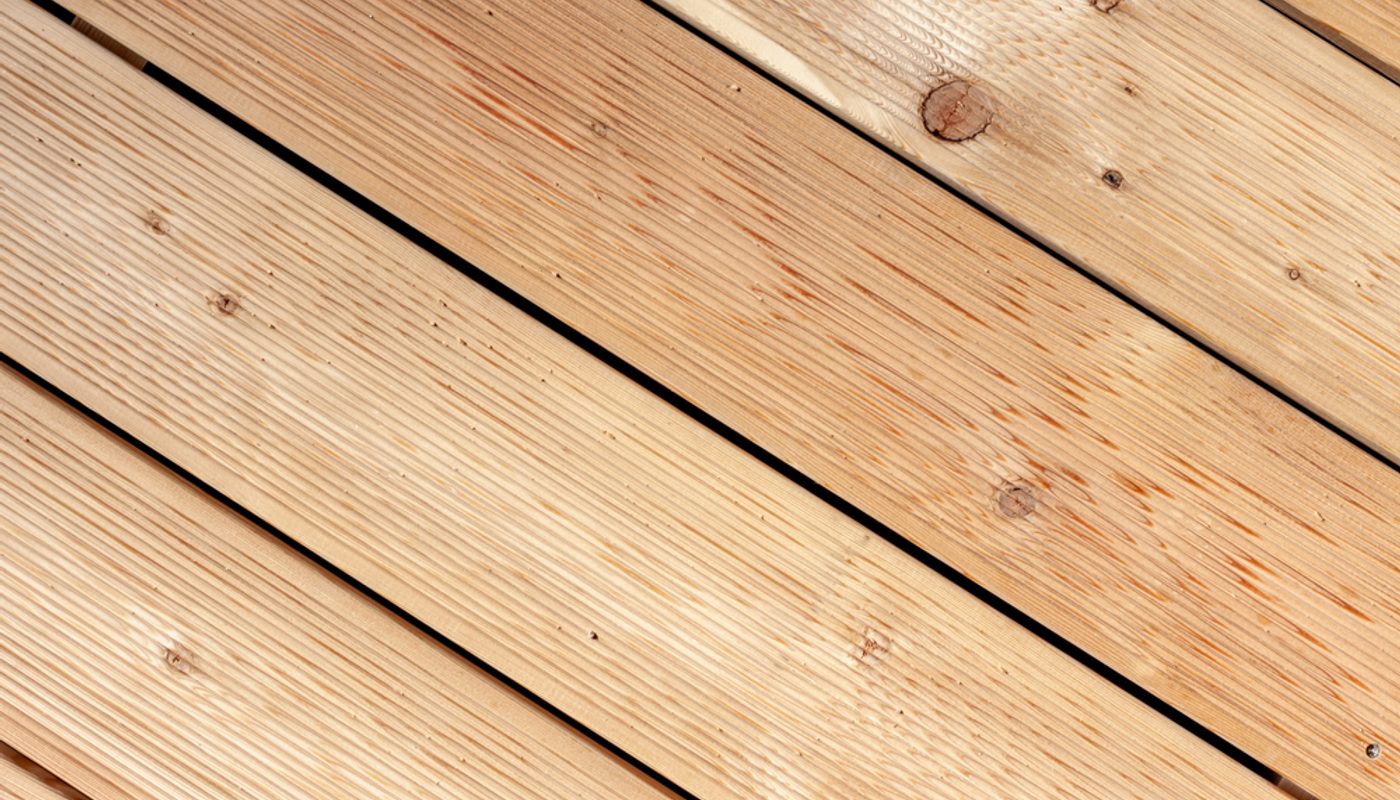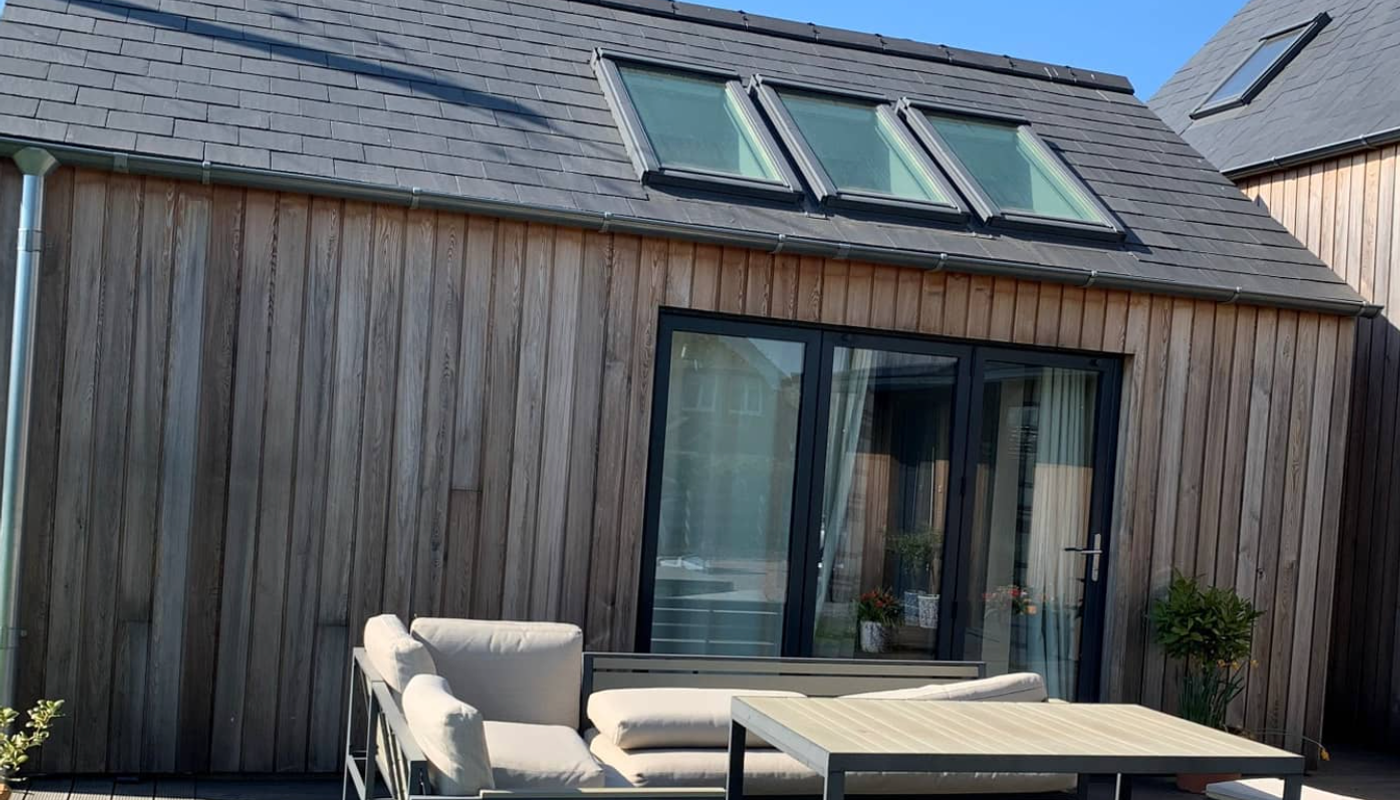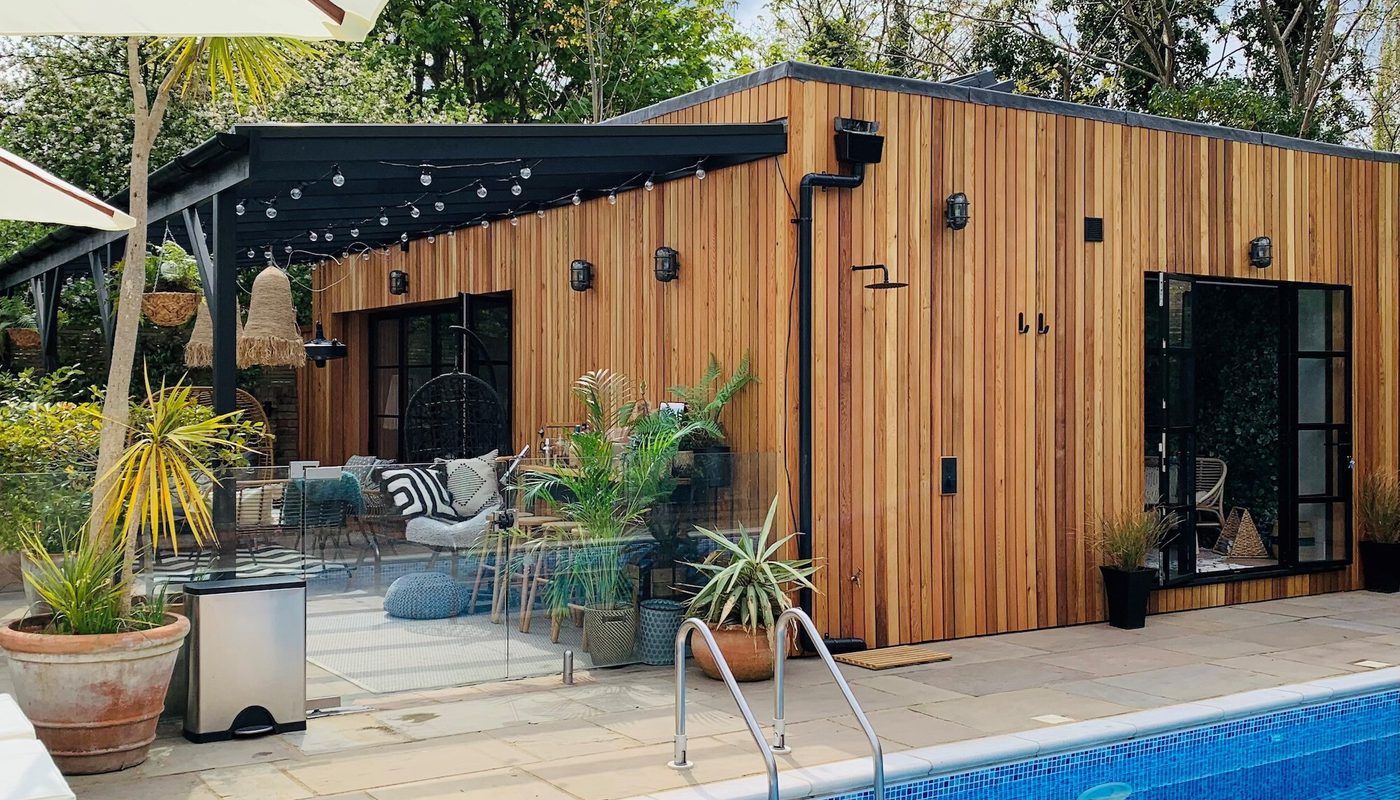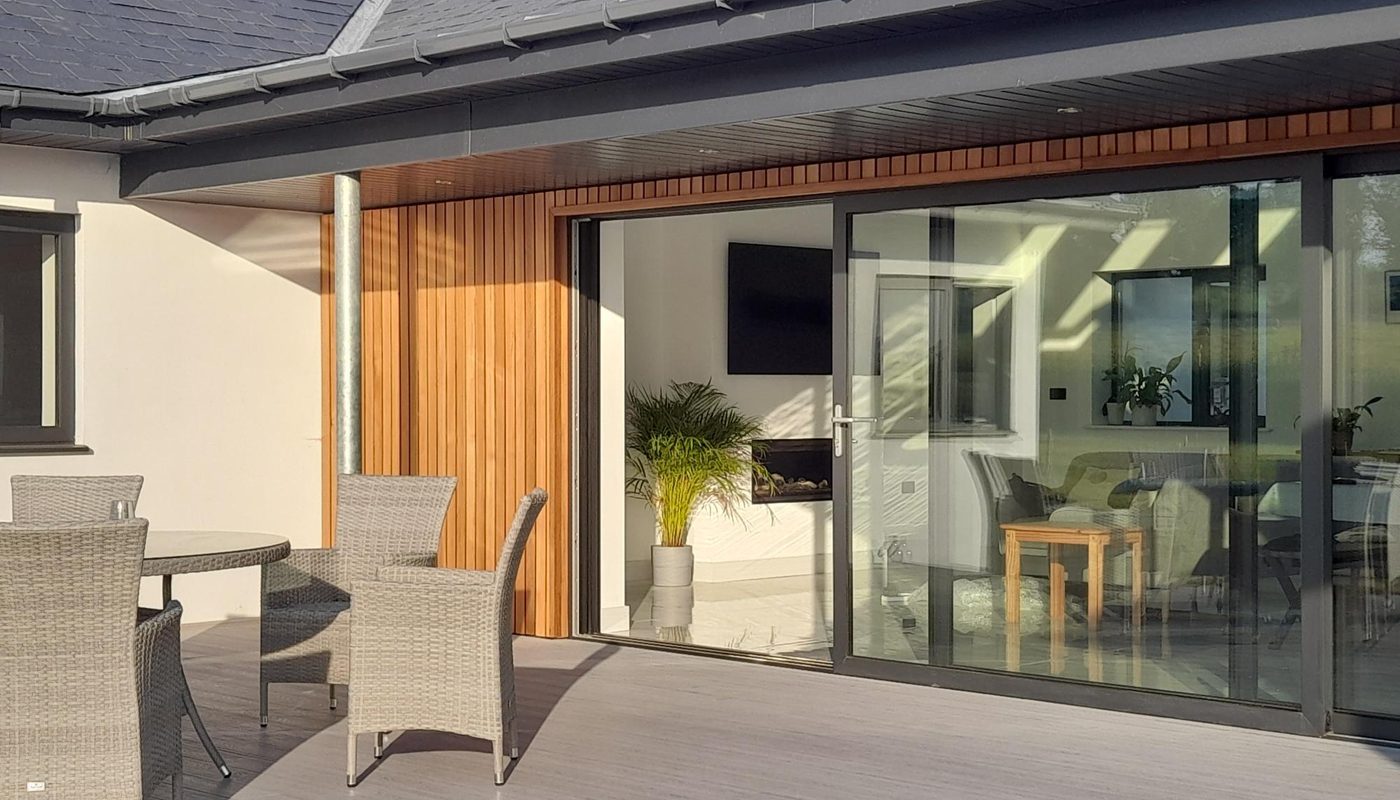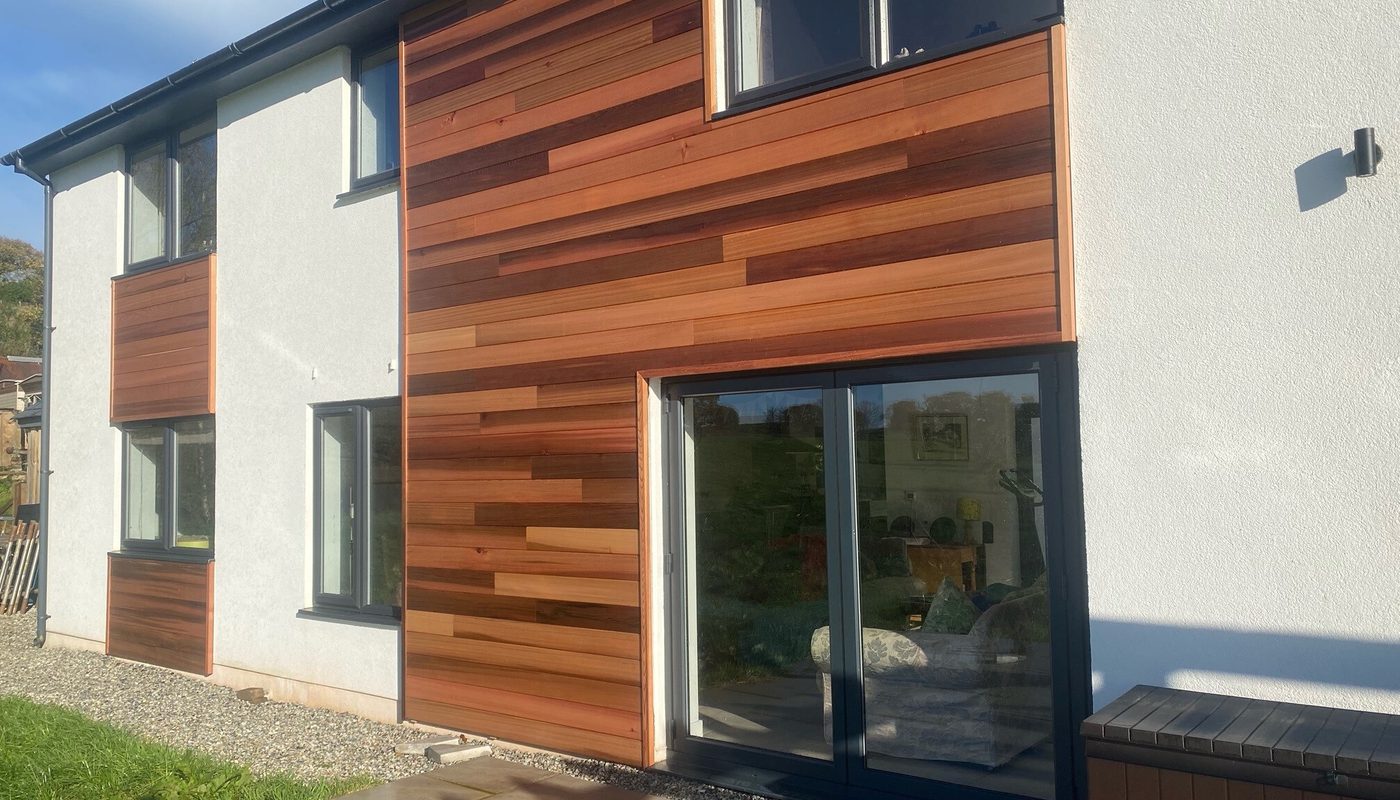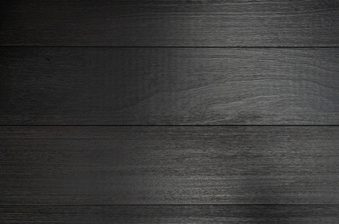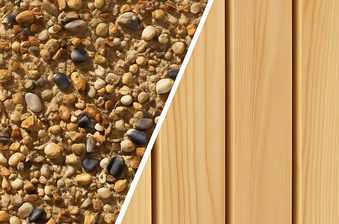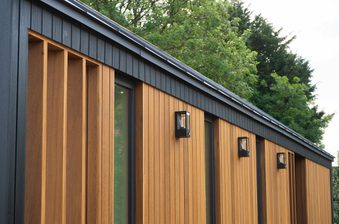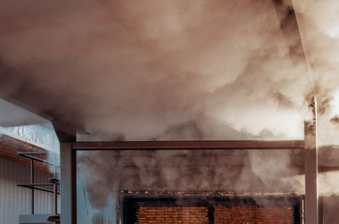When it comes to cladding, cedar and larch are two timber big boys.
With durability, versatility and eye-catching beauty in abundance, it comes as no surprise why they’re both hot favourites amongst designer DIYers, self builders, architects and commercial specifiers.
But which, out of cedar and larch, is the best choice for my project? With over 60 years’ experience in timber and as a leading UK supplier of both Western Red Cedar cladding and Siberian Larch cladding, here’s our expert overview of these two classics.
Siberian Larch vs. Western Red Cedar cladding: how do they compare?
Species introduction
One of the most prominent larch species for cladding is Siberian Larch (Larix sibirica), a premier softwood originating from — you guessed it — Siberia. Also known as Russian Larch, this slow-growing tree is native to a very cold climate, reaching up to 50 metres when mature. A resinous timber, Siberian Larch has a number of very useful and interesting properties for outdoor cladding.
The term ‘cedar’ can refer to a number of species, but the most popular for external cladding purposes is Western Red Cedar (Thuja plicata). This is, in part, down to its excellent natural decay resistance, dimensional stability and appealing colour variation. An evergreen conifer, the species is native to the west coast of North America and Canada. The trees can grow up to 230 metres.
Appearance
Siberian Larch has a straw yellow to golden brown colour, with tight growth rings and occasionally strong grain pattern. This is the result of the wood’s slow growth time in the sub-zero forests of Siberia, adding aesthetic allure which can be enhanced with the application of a stain.
It is typically sorted into two grades, ‘unsorted’ and ‘sawfalling’. We call these Grade A (unsorted I-III) and Grade B (sawfalling I-V). A can allow for very occasional knots (up to no more than 10p in size); B allows for more frequent knots, up to the size of a 50p piece. Grade B typically commands a lower cost, but can add a little more character.
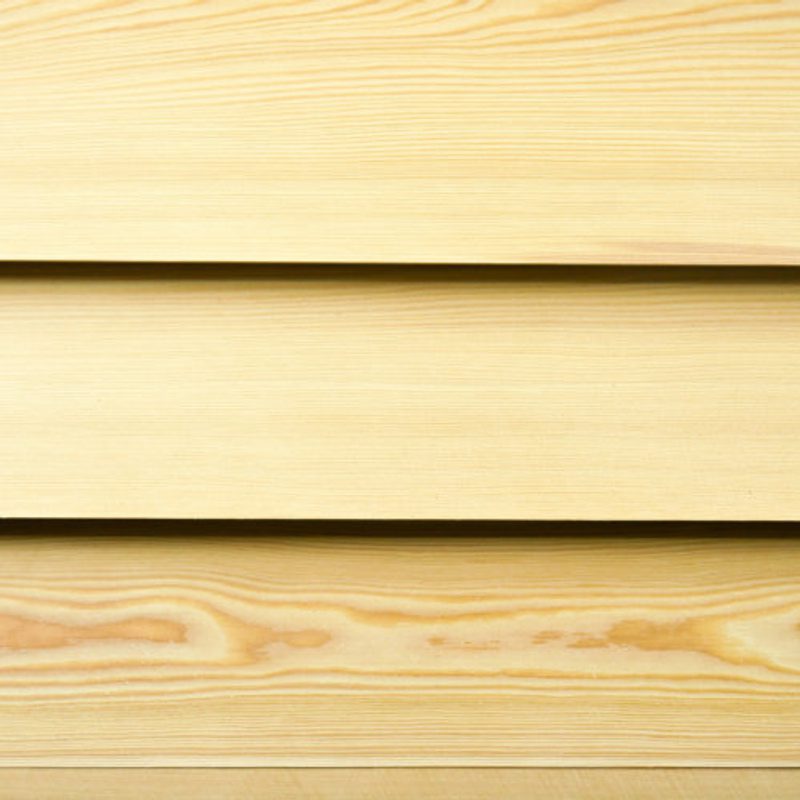
A few projects we’ve completed with Siberian Larch cladding. The yellows and golden browns are hugely versatile.
Western Red Cedar is a beautiful, sought-after timber that can boast eye-catching colour variation. This can range from dark chocolate to light pink and salmon, sometimes with a darker red streak. Grain patterns can vary to quite an extent, from close and straight to open and wild. A good cedar will be of a clear grade, meaning it contains very few knots.
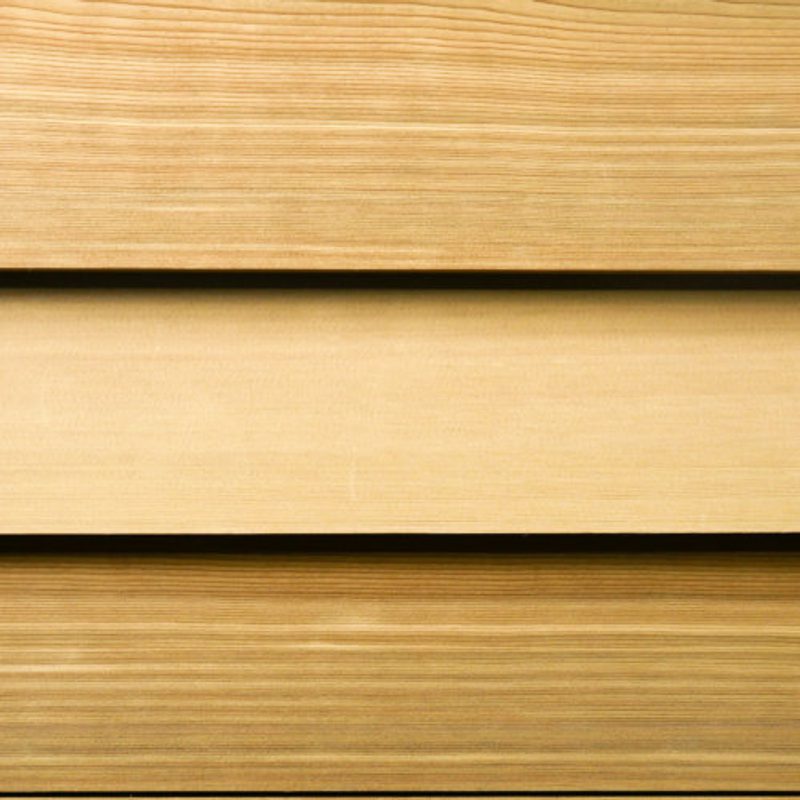
A selection of Western Red Cedar cladding projects we’ve completed, with the species’ stunning reddish brown colour variation on full show.
Both Western Red Cedar and Siberian Larch are famed for their own unique colours and textures, but which do you see fitting your project best? Bear in mind that both can be painted or stained to fit a certain look. Semi-transparent stains like Owatrol Textrol HES or Owatrol Aquadecks are available in a range of tints, and can help the wood’s grain pattern to ‘pop’.
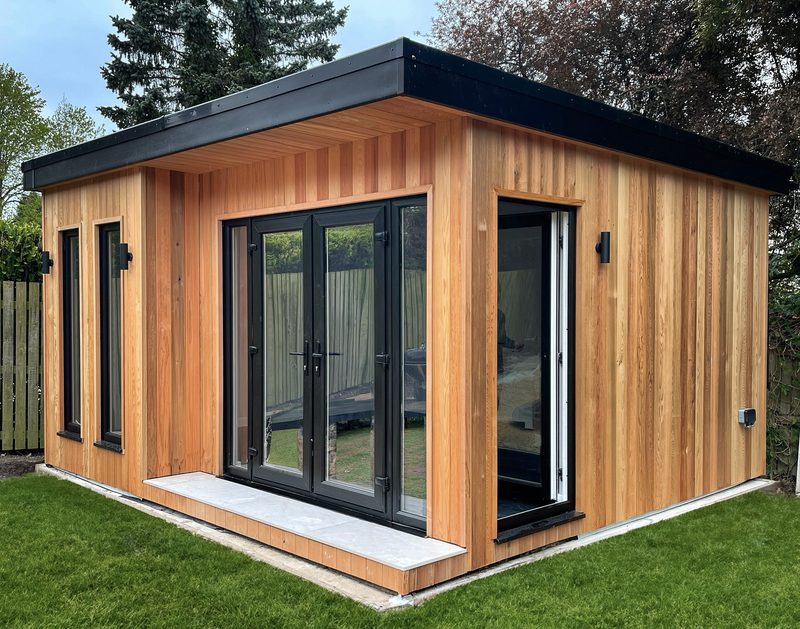
Like all timber, over time, Siberian Larch and Western Red Cedar both weather to a silvery-grey colour. This is the result of moisture and the sun’s UV rays. This process can be dramatically slowed down and the original colour retained with a well-chosen woodcare finish.
If you’re digging the monochromatic grey look (‘weathered’ cladding is a hot trend), then a transparent oil (like Owatrol H4 Wood) will allow the wood to turn grey evenly whilst protecting it from moisture-related warping and cracking — although both cedar and larch can work fantastically without any treatment at all. If your wood is already weathered, then its original colour can be restored with a product like Owatrol Net-Trol.
The Siberian Larch cladding in this project begins to turn a stunning silvery-grey colour.
Outdoor durability, dimensional stability & hardness
Cedar and larch both contain natural substances and have cellular structures that provide excellent resistance to the effects of moisture and wood-decaying fungi.
This reduced susceptibility to external threats — in particular, to changes in humidity — also makes both species very dimensionally stable. Stability helps to avoid warping, cracking and splitting, especially over winter.
When it comes to hardness and scratch resistance, larch is superior. On the Janka hardness scale, Siberian Larch scores a very impressive 1,100 lbf (making it denser than many hardwoods), compared to Western Red Cedar’s 350 lbf.
Is scratch resistance really an important consideration for your cladding, though? If you expect it to take a few knocks and bumps for whatever reason, then larch may be preferable.
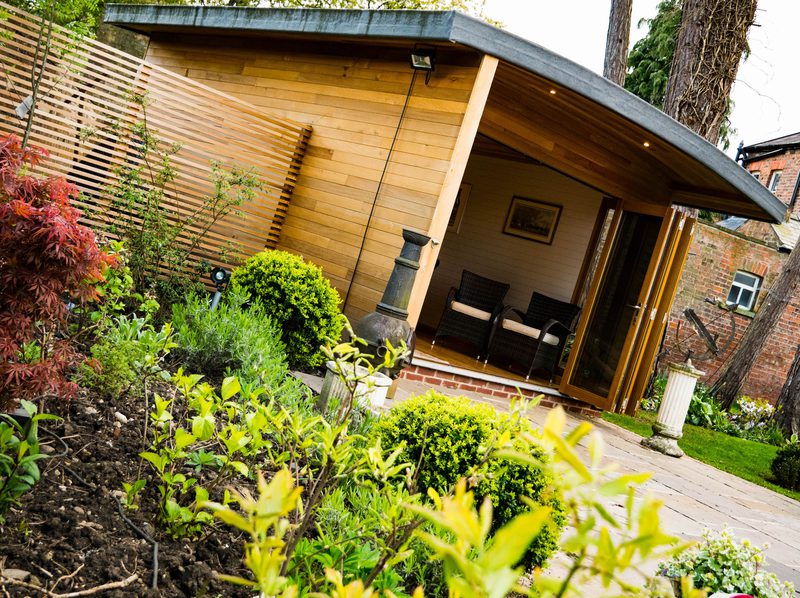
Workability, maintenance & treatment
As well as being fairly lightweight species (cedar being lighter than larch), both species take fixings and finishes very well and have good machining properties. Because of their innate natural durability, cedar and larch can actually be left outside without any treatment, requiring little maintenance.
If you’re happy with the silvery-grey look after a few years, then applying a colourless oil will protect both species from moisture-related damage like warping and cracking. For new cladding, Owatrol Seasonite can help to protect the wood during its first winter whilst allowing it to start greying gracefully.
For more robust protection with some slight colour change that stays around for longer, then a semi-transparent stain (like Owatrol Textrol HES or Owatrol Aquadecks) will do the trick. These are available in a range of tints depending on your preferred look, and usually only need reapplying every few years.
For more on treatments and maintenance, check out our two articles…
When installing your cedar or larch cladding, be sure to use stainless steel fixings. This avoids the substances in the wood reacting with the fixings, which can cause a rather unsightly permanent leach stain. To avoid splitting, drilling rather than nailing is also recommended.
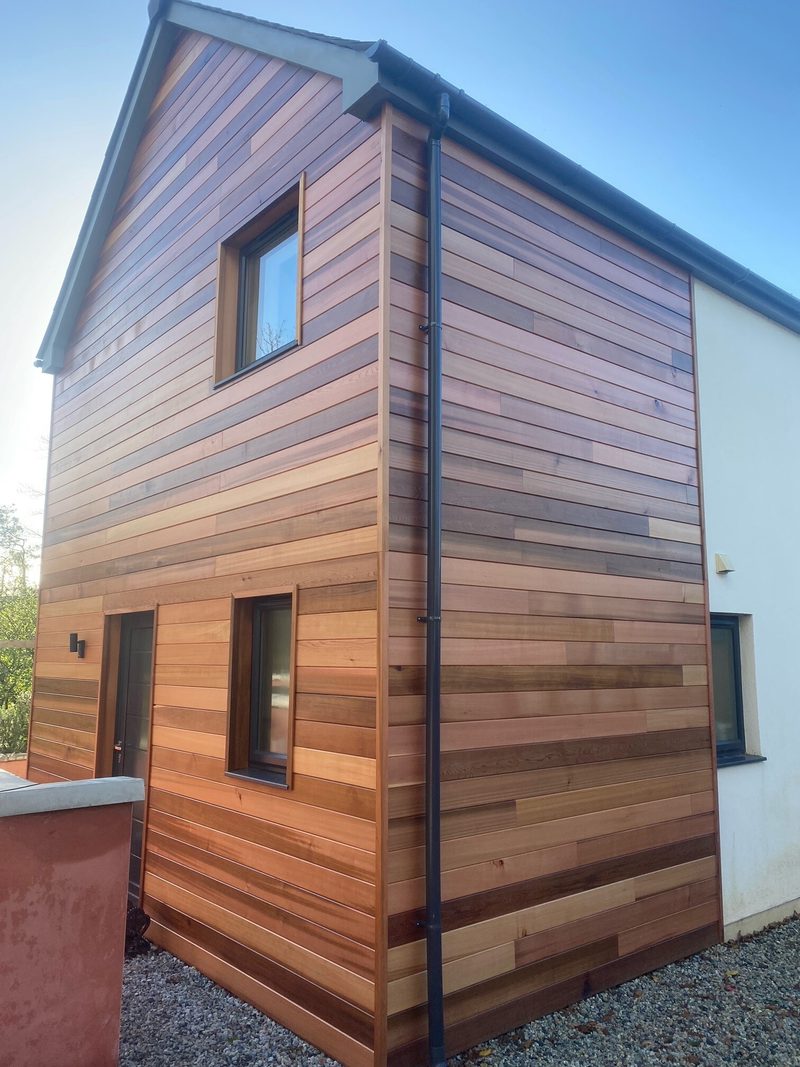
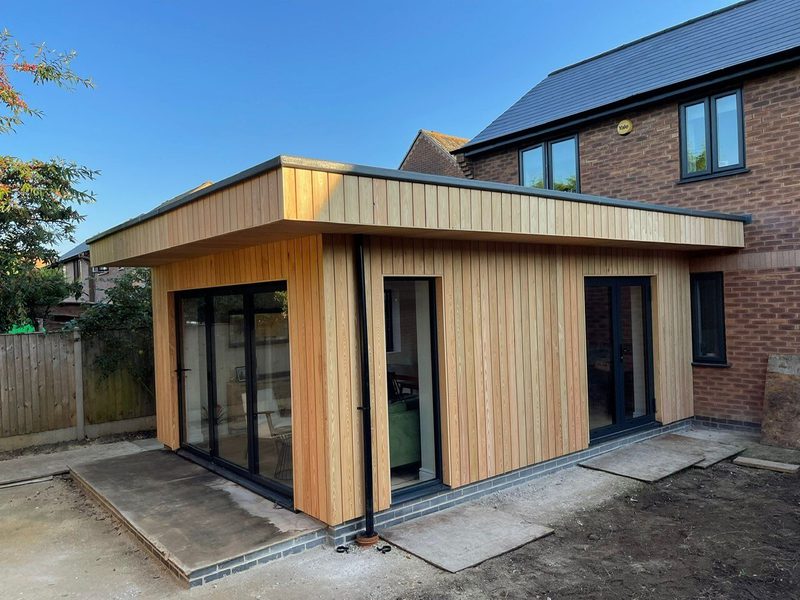
Cost & prices
Cladding projects undertaken with larch usually come in at a cheaper price than those with cedar. For example, in our ever-popular DTC3 V-groove cladding profile, grade A Siberian Larch comes in at £63 per m2. Western Red Cedar, on the other hand, will cost in the region of £65 per m2. *
If you’re on a tighter budget, Siberian Larch offers a particularly cost-effective cladding solution if the B Grade version is selected. If cost is still slightly prohibitive, take a look at some of the excellent species we’ve pulled out in these two articles:
* Note that prices can fluctuate, exclude VAT and are correct as of November 2024. For an up-to-date quote for your next cladding project, get in touch with our team.
So, will it be Siberian Larch or Western Red Cedar for your cladding project?
There’s a reason why larch and cedar are so often the first two species to leave people’s lips when it comes to cladding. Both beautiful, naturally durable and architecturally versatile, you simply cannot go wrong with either. Although there is a cost difference, it’s marginal. Your choice will come down to whether you prefer cedar’s stunning reddish-brown hues, or larch’s natural yellow-brown tones.
It may be worth bearing in mind that Siberian Larch is denser than Western Red Cedar, so if your cladding is likely to be taking physical bumps, knocks and abrasions, larch may be the better option.
That said, not many timbers come close to the natural beauty and luxury feel awarded by Western Red Cedar — the variation in colour is hugely popular with design-led home improvers. If you’re looking for a cladding species that’s part of the timber elite for attractiveness, cedar is the wood for you.
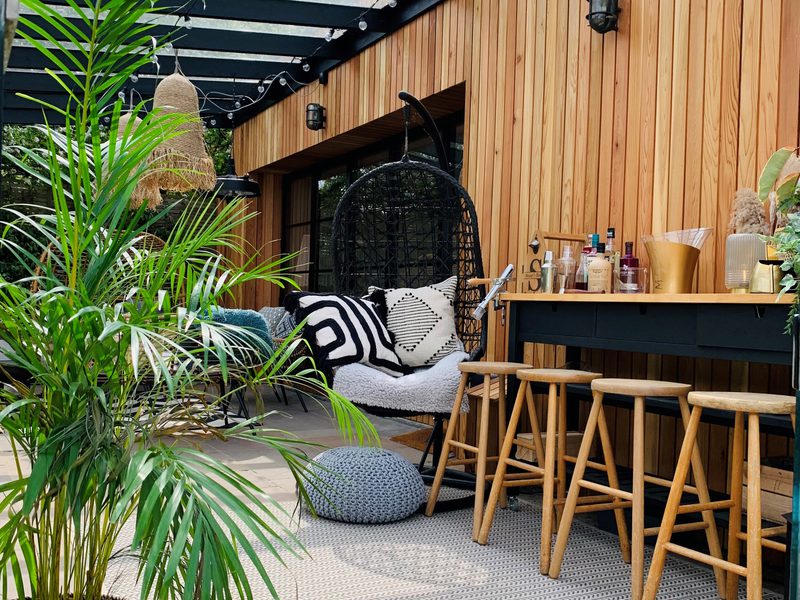
For more inspiration, check out a few of our projects completed with Western Red Cedar cladding…
- Designer Garden Room
- Big Howie's Summer House Bar
- Vertical & Horizontal Cladded Garden Room
- Modern House Cladding
- Horizontal Stylish House Cladding
Ready to start your cladding project? We stock both Western Red Cedar and Siberian Larch cladding in a range of stunning profiles and orientations — all sustainably sourced and machined on site, with UK-wide delivery available.
To discuss your needs, drop us a message using the button below, or get in touch through our contact page.
Or, if you’re nearby, why not pop in? We’re located on Green Lane in Melmerby, near Ripon, just off the A1 Junction 50.
